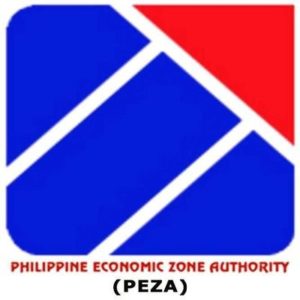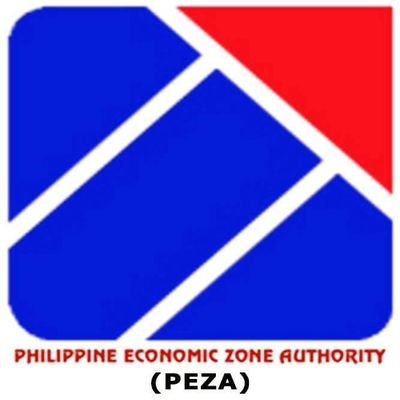 A total of 12 new economic zones have been approved, estimated to bring in a total of P6.4 billion investments into the country, according to the Philippine Economic Zone Authority (PEZA).
A total of 12 new economic zones have been approved, estimated to bring in a total of P6.4 billion investments into the country, according to the Philippine Economic Zone Authority (PEZA).
The new ecozones comprise nine information technology (IT) centers, two manufacturing ecozones, and one IT park.
“Once export companies invest in these newly proclaimed ecozones, these will surely multiply investment and economic activities and opportunities in the Philippines,” PEZA director general Charito Plaza said in a statement.
Plaza said majority or 67% of the new ecozones will be located in Luzon, and the rest in the Visayas and Mindanao.
Signed in January 2020 by President Rodrigo Duterte, the new special economic zones were proclaimed under Proclamation Nos. 885, 889, and 895-897. They include the following:
- Abiathar Commercial Complex – IT Center
- TDG Innovation and Global Business Solutions Center – IT Center
- Millennium Industrial Economic Zone – Manufacturing
- Ayala Bacolod Capitol Corporate Center – IT Center
- Silver City 4 – IT Center
Seven other new ecozones were proclaimed under Proclamation Nos. 940, 946-950, and 953, signed by Duterte on May 5, May 22, and June 2, 2020, respectively:
- Davao del Sur Industrial Economic Zone – Manufacturing
- BatStateU Knowledge, Innovation and Science Technology Park – IT Park
- GLAS Office Development – IT Center
- Bench City Center – IT Center
- Ortigas Technopoint Tower 1 & 2 – IT Center
- NEX Tower – IT Center
- Robinsons Luisita 2 – IT Center
From October 2016 to June 2020, PEZA said there are now a total of 73 proclaimed new ecozones comprising one agro-industrial economic zone, 52 IT centers, nine IT Parks, 10 manufacturing economic zones, and one medical tourism center. These 73 ecozones have brought about P88.3 billion of investments.
PEZA has so far registered a total of 408 economic zones nationwide. It has a total of 4,542 locator companies directly and indirectly employing 6.5 million Filipino workers as of May 2020.
“Despite lacking efficiency factors, we’re able to continue to attract investors in the country because of our incentives which are tried, tested, and proven to be globally competitive,” Plaza said.
Apart from the country’s rich natural and human resources, Plaza said PEZA’s best practices, one-stop-shop, ease of doing business and tax incentives attract foreign investors in the Philippines.
“This is the reason why we are appealing for the status quo of PEZA’s incentives and powers. Moreover, PEZA urges the Congress to legislate an enhanced economic stimulus that will support our export-oriented companies to bring in huge capital investments, millions of jobs, transfer of new technology, and trigger the growth and development of domestic enterprises,” explained Plaza.
PEZA opposes the current form of the proposed Corporate Recovery and Tax Incentives for Enterprises Act or CREATE, a tax policy-reform bill that seeks an acceleration of the reduction in corporate income tax rate from 30% to 25% by July 31, 2020.
PEZA earlier issued a press release siding with 24 economists who expressed their opposition to the CREATE Bill in its current form on grounds that “enterprises in export zones under the Philippine Economic Zone Authority will suffer from CREATE since their privilege to pay the gross income tax of 5% will expire after 4 to 9 years. In addition, CREATE proposes a flexible special incentive scheme that replaces rules by discretion. PEZA enterprises and foreign investors do not welcome this change from rules to discretion which is fraught with risk and uncertainty. And we simply cannot afford to add more uncertainty during this fragile recovery period from the COVID-19 pandemic.”
Plaza instead pushed measures to lower the cost of doing business, in the process making the country more attractive to foreign investors. These measures include improving fiscal and non-fiscal incentives and budget support for public works and IT infrastructure, and new logistics and transportation hubs; lowering of power rates; and provision of skills training programs to match manpower needs of investors.





